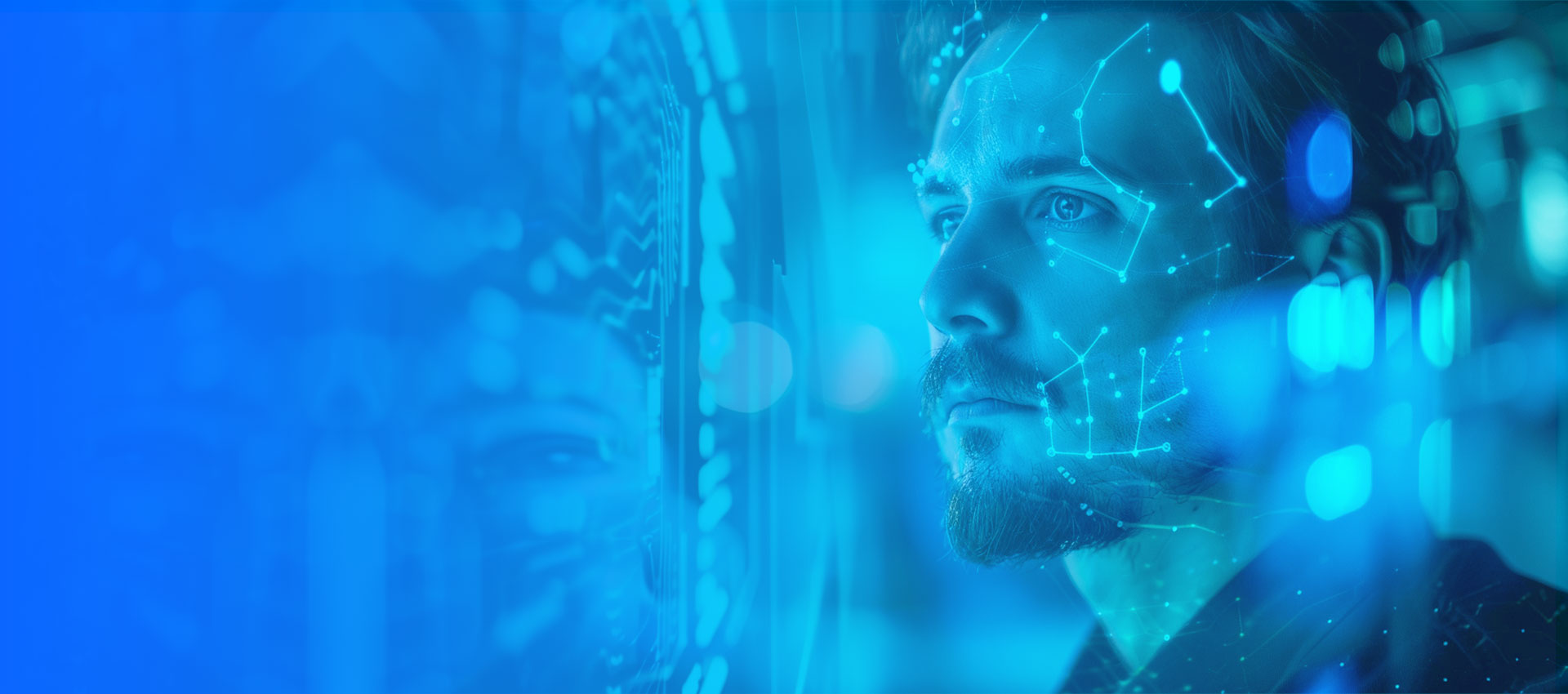Data is the currency of the information age. Consequently, it is no surprise that cybersecurity attacks are becoming more common. As companies evolve to adopt more flexible working styles the threat landscape continues to grow. Having an understanding of the core concepts that define cybersecurity and the fundamentals of proper security management can help organizations be prepared for an expanding attack surface.
Is your workplace prepared to address these 2022 cybersecurity? Click here to find out!
The Fundamentals: What is Cybersecurity?
The term cybersecurity can refer to the myriad of technologies, processes, and practices utilized and designed to protect networks, devices, programs and data from attacks, breaches, or unauthorized access. Cyber attackers are focused on accessing and acquiring unauthorized data and the network, servers, computers are the platforms hackers use to reach the data.
The history of cybersecurity follows the development of computer viruses and the means used to stop them. Forty years ago terms such as spyware, malware, ransomware, worms or trojan-horses worms, had not yet become a part of common IT vocabulary.
The original “worm,” called the creeper, was developed in the 70’s as part of a research project by Robert Thomas, a researcher for BBN Technologies in Cambridge, Massachusetts, and required a the first antivirus software called “the Reaper,” track and delete it. The first person convicted under the Computer Fraud and Abuse Act was Robert Morris, who wrote a program that breached networks and copied itself.
These simple programs could essentially slow devices functionality to a halt, but in the modern era malware can either act undetected in the background, tracking behavior, or ransomware can lock users out of a device or system and demand payment for recovery.
As detection software and firewalls become more sophisticated so to do the tools hackers are able to use to breach information systems and acquire data. As companies increasingly turn to cloud solutions for decentralized storage and remote access, fortifying the systems on the internet has become a necessary defense against breaches. While the technology has changed dramatically, the fundamental features of cybersecurity processes have remained are somewhat similar overtime:
Network Security:
This refers the broader system by which individuals or an organization access and store data. Protecting the internal network from malicious users means protecting all the devices connected to the network. This including computers, laptops, smart phones, tablets, printers, routers, switches, servers, and otherwise. Further, in the internet age this means creating secure cloud access and encouraging employees to practice best habits even on personal devices.
Detection and Prevention:
Intrusion prevention systems (IPS) and intrusion detection system (IDS) are the tools used to detect malicious activity and stop it from being executed. Increasingly, these systems involve working with partners who are able to utilize ethical hacking, where legitimate actors use the same knowledge and tools as malicious hackers, to identify and close vulnerabilities. Likewise, many organizations rely on tools like anti-virus software or broader services from security operation centers as a means of staying vigilant. Along with these systems. Organizations should set continuity plans in the event that a breach or attack proves successful.
Firewalls:
This serves as the checkpoint for all access requests to network to ensure information security. Proper security measures should ensure that employees are equipped with proper authentication tools to ensure secure connection based on business needs. This need expands as the amount devices assigned to a single user grows, but the level of security measures should remain the same across devices or access points.
Your business is evolving, is your security posture changing with it? Click here to learn more!
Establishing Effective Cybersecurity Defenses
Effective cyber defense protocols simultaneously aim to close vulnerabilities and lower the risk of cyber-attacks while guarding organizations and people from the unauthorized exploitation of a network, system, process, or technology. The success of these strategies hinge on people, business process, and technology. Addressing these elements assists organizations in defending themselves from full-scale attacks to accidental breaches or human error.
Four strategies should be at the center of an organization’s cyber defense efforts:
1. Device Management:
While servers or infrastructure devices may be the largest stores of corporate data, laptops, tablets, smart phones, or any device that can connect to a system remotely require the same level of robust security protocols. High-quality system security can be implemented to effectively protect the larger server networks, and cloud environments that enable remote access and the individuals who make use of the network.
Standard defenses include real-time antivirus software, browser and application protections, and password management apps that work across mobile device platforms. These automated and remotely managed systems are vital to reducing the risk of attack. Likewise, setting automatic updates and patching for both device operating systems and software. Similarly, employees must be responsible for accessing the network and performing actions in secure environments while following standard security protocols, and the enterprise should sponsor software purchases and training for all employees.
2. Maintain Secure Network Connections:
While online access has become a standard part of operations, more defenses must be implemented to protect data being transferred over the internet. Along with standard device protections, every device should have a VPN (Virtual Private Network) for automatic internet traffic encryption. A strong VPN will ensure that a user’s identity, location, browsing, and any data transacted online (including over public WiFi networks remain encrypted and hidden from outside eyes.
3. Establish Secure Email Communications.
Email often serves as a large source of personal information, yet commonly the average user does little to protect their inbox. This is likely why phishing attacks are becoming more common and can often serve first step of wide-scale offensive actions. Proper defensive systems will automatically remove IP location and metadata from individual emails as they are sent. These services that employ open-source software for ultimate security, portability, and compatibility across technology architecture and platforms. Some corporations are also extending these services to private emails in order to demonstrate engagement of the enterprise to protect individuals inside and outside the organization.
4. Consistent Back-up and Protection for Storage and data.
More often than not, companies rely on cloud storage to recover from wide-scale breaches. Consequently, establishing secure back-up protocols for electronic documents and files is essential to ensure data can be retrieved in the event of an attack. Remote backup and cloud services simple first steps, but critical documents should be stored in secured digital locations.
Setting organizational policies that address these four fundamentals will drive increased cybersecurity awareness, compliance, and efficacy across an enterprise. These solutions are highly affordable and necessary to ensure the protection of privacy, to reduce the risk of successful breaches, and ensure that your business continues to meet wide scale security regulations and compliances.
Want to learn more about Stefanini’s Cybersecurity Solutions? Click here!
Secure Your Network with Stefanini’s Cybersecurity Solutions
Cybersecurity threats are becoming more common, and while many companies may believe they are protected, even small vulnerabilities can lead to wide scale breaches and security related shutdowns.
Don’t wait for the worst. Our team of experts provide offensive strategies that identify and resolve weaknesses as well as providing defensive solutions prepare for attacks when they happen.



















